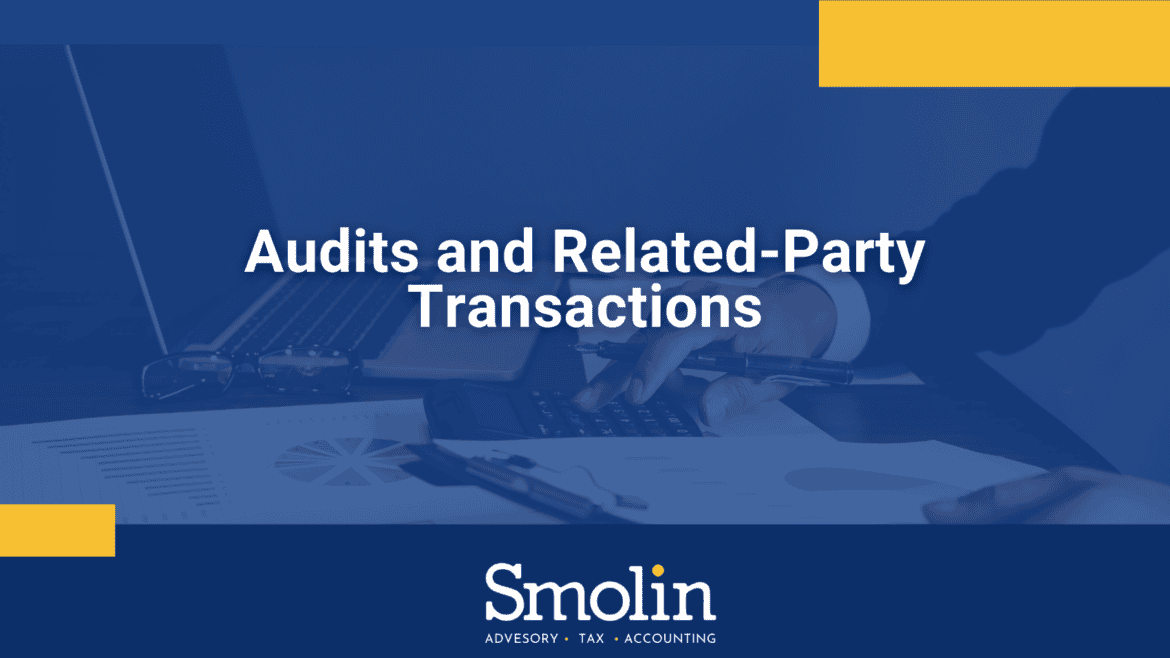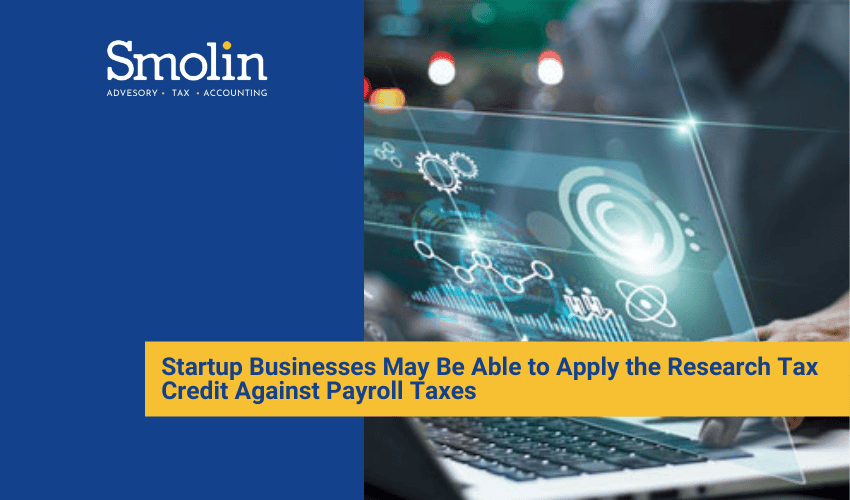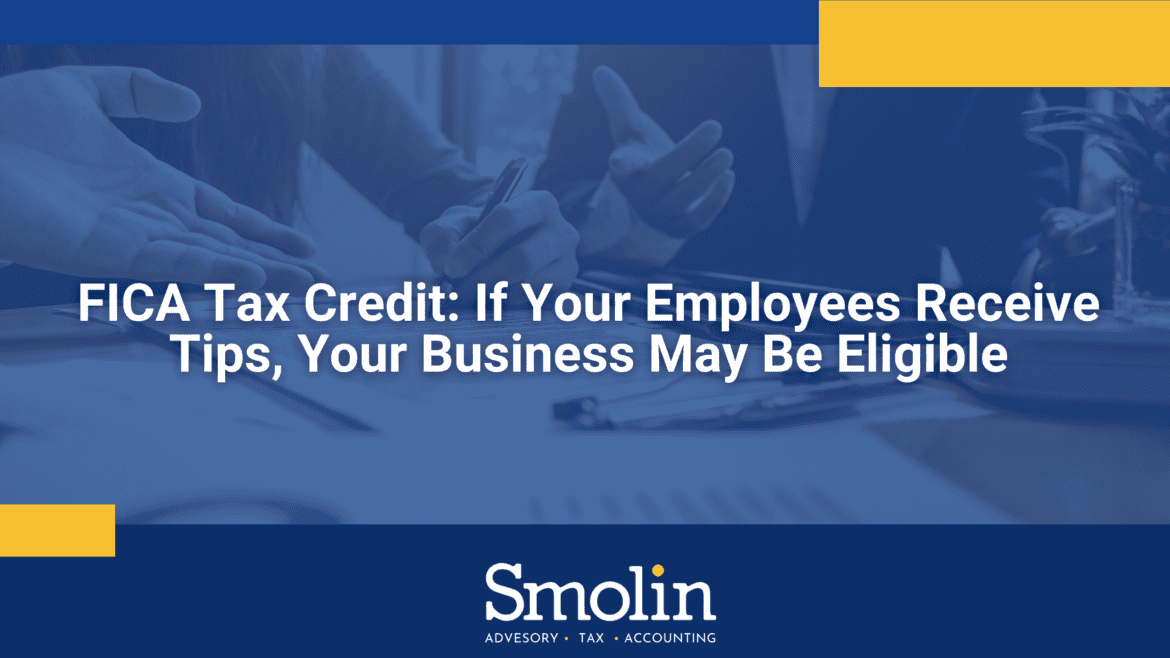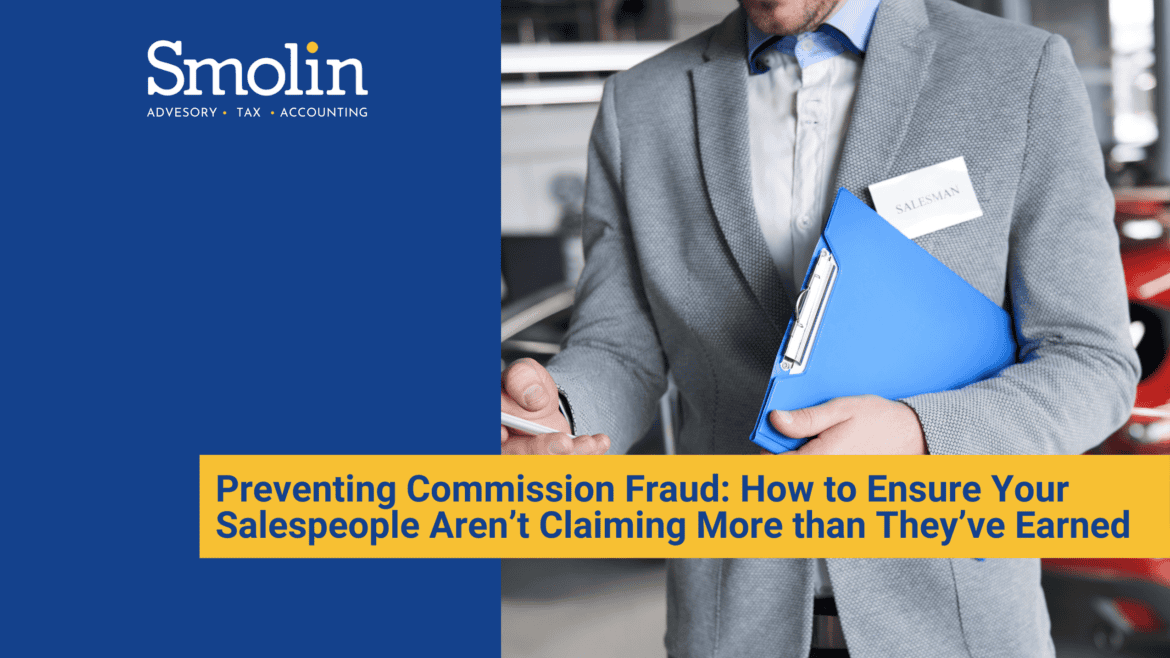Business transactions involving related parties—including parent companies, subsidiaries, affiliated entities, relatives, and friends—sometimes occur at above- or below-market rates. This can cause your company’s financial statements to become misleading to the people who rely on them, since undisclosed related-party transactions can skew their understanding of the company’s true financial results.
Auditors and related parties
Because there’s a strong possibility of double-dealing with related parties, auditors place significant focus on hunting for undisclosed related-party transactions.
To uncover these transactions, auditors may use all of the following documents and data sources:
- Lists of a company’s current related parties and associated transactions
- Disclosures from board members and senior executives regarding their previous employment history, ownership of other entities, or participation on additional boards
- Press releases announcing significant business transactions with related parties
- Minutes from board of directors’ meetings, especially any discussion of significant business transactions
- Bank statements, particularly for transactions that involve intercompany wires, check payments, and automated clearing house (ACH) transfers
In assessing these documents, auditors will pay particular attention to contracts for goods or services that are priced at higher (or lower) rates than goods and services purchased or sold in similar transactions between unrelated third parties.
For example, in order to reduce its taxable income in the United States, a manufacturer might buy goods from its subsidiary at artificially high prices in a low-tax country. Similarly, an auto dealership might pay the child of the owner an above-market salary with benefits that aren’t available to unrelated employees. Or a spinoff business might lease office space at below-market rates from its parent company.
Targeting related-party transactions
Auditors use all of the following procedures to target undisclosed related-party transactions:
- Interviewing the accounting personnel who report related-party transactions in the company’s financial statements
- Looking at the company’s enterprise resource planning (ERP) system and testing how related-party transactions are identified and coded
- Analyzing how related-party transactions are presented in the company’s financial statements
Robust internal controls are needed to ensure accurate, complete reporting of these transactions. Your company’s vendor approval process should include clear guidelines to help accounting personnel identify related parties and mark them in the ERP system accordingly. Companies that don’t have these measures in place may inadvertently fail to disclose related-party transactions.
Communicating with auditors
Communication is key when it comes to related-party transactions. You should always tell your auditors if you have any known related-party transactions—and don’t be afraid to ask for assistance disclosing and reporting these transactions in accordance with U.S. Generally Accepted Accounting Principles.













